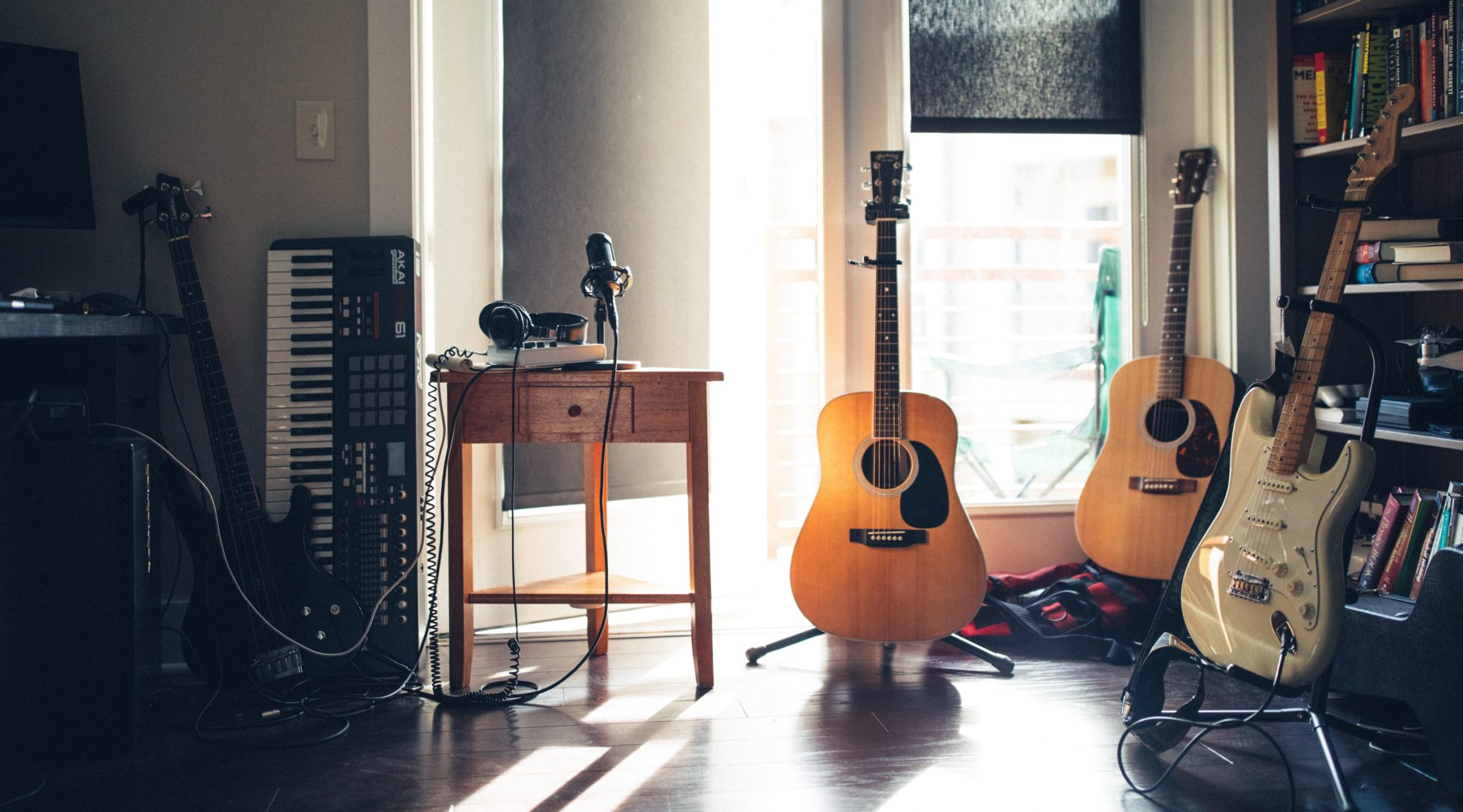Over on Facebook, Spectre Sounds shared a link to an article about the risk of Gibson going bankrupt this year. Glen’s own tagline was “If you build crap, nobody will buy it” and, predictably, the comments include a lot of complaints about Gibson (and Epiphone’s) quality.
It isn’t just here. Forums have been complaining about Gibson’s quality for many years. It’s a line that seems to have stuck. But just how true is it?
My own experiences first …
I’ve had 7 Les Pauls in recent years – a mix of Epiphone, Gibson USA and Gibson Custom Shop. Most were hand-selected, which just means that I’ve spent a lot of time going round guitar stores and playing their stock to find the ones that personally connected with me. Since 2012, I’ve probably played at least 50 Gibson Les Pauls. That’s a tiny number compared to how many Gibson make every year. I’d wager that it’s a lot more than most of the ‘Gibson quality sucks’ commenters have ever played.
In terms of manufacturing quality, none of those Gibsons had a manufacturing flaw that would have stopped me buying them. Not one. Yes, flaws in the nitro finish were common – especially around the neck joint. I don’t remember any other manufacturing problems with any of those guitars.
So why have I played so many? Apart from the fact I’ve fallen hard for the Les Paul …?
The thing about Les Pauls – and it’s something I haven’t found in Fenders or PRS to the same extent – is that only the bad ones sound the same. Every great Les Paul has its own voice. I don’t always like that voice, but that’s a preference thing. Doesn’t make it a bad guitar, just makes it the wrong guitar for me. I played a lot of Les Pauls because I was hunting out ones that worked for me, and that offered something different and complimentary to what I already had. Not because they were bad guitars.
Over the same period of time, I’ve also bought Fender and PRS guitars – an Elite Strat, a Deluxe Tele, and a Wood Library PRS. Line-wise, the two Fenders were the equivalent to top-of-the-line Gibson USA, and the PRS is equivalent to Gibson Custom Shop. I’ve had more QA trouble with them than with any of my Gibsons. As I’m writing this, both the Tele and the PRS are in the shop to have issues resolved – issues that affect their use as musical instruments, not cosmetic issues. My Gibsons have only ever gone into the shop for mods.
That’s just my experience, here in the UK. It isn’t the same as the overwhelming number of commentators online. Why is that?
The cynic in me does wonder how many of these folks have actually played a Gibson Les Paul, and how many of them are simply parroting what they’ve read in the comment directly above their own. Gibson’s one of the biggest-selling guitar brands on the planet. They’ve also been shedding dealers at quite a rate in recent years. Unless you live near one of the big outlets, or are willing to make a special trip to one, most people don’t have the opportunity to try out a Les Paul on the rack before buying. I suspect the numbers don’t stand up to scrutiny there.
Folks don’t buy Gibson Les Pauls direct from Gibson. You buy through a dealer. And if there’s no local dealer, you have to buy mail-order and take your chances on what the dealer sends you. So if there are a lot of badly-made Gibsons out there, not only is Gibson making them, but dealers are sending them out to customers. WHY?
Why isn’t the dealer catching these QA flaws and sending them back to Gibson in the first place? Are dealers really just box-shifting any old crap out to their customers? If they are, then they’re as much to blame as Gibson on this. Maybe my experience is different here in the UK because our guitar shops do their job, and do it very well.
I think, though, that there’s another aspect to all this … and that’s pricing.
The Les Paul has become an expensive guitar to buy. Over here in the UK, their USA line starts at more than Fender’s top USA factory prices, and ends well into Fender Custom Shop territory. Let me say that again. I can buy brand-new Fender Custom Shop guitars for less than some Gibson USA factory-line models.
It’s no different at the higher-end of the market. I’ve just taken a look at the website for a guitar shop I’m going to visit later today. Out of the 40 most-expensive guitars that they have up on the website right now, 26 of them are Gibson. This is a shop that also stocks PRS Private Stock, Collings, Knaggs, Fender Masterbuilt, and other expensive boutique brands.
Gibson has priced itself at the top end of both markets – factory-line, and boutique. That is going to affect how critical genuine buyers are. At these kind of prices, buyers are going to expect guitars with no QA issues at all. That pricing is going to magnify how anyone feels when they do find a flaw.
Combine that with the times we live in, full of financial uncertainty and hardship for many, and it’s clear that Gibson has made a rod for its own back. Gibson’s charging top dollar, and has to live up to the expectations that come at that price point. Or something has to give.
